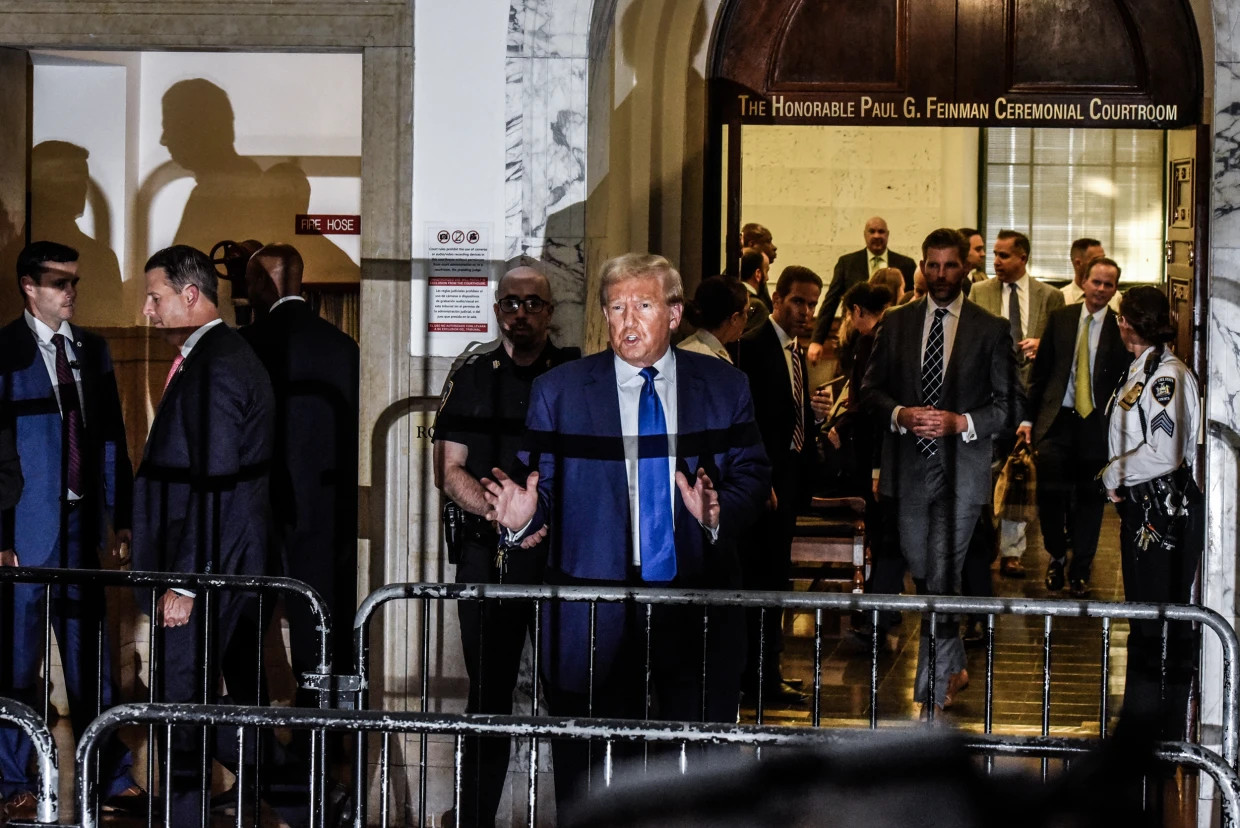The reopening of Kansenseli Gold Mine marks a pivotal moment in Zambia’s mining history and its broader economic agenda. President Hakainde Hichilema deserves commendation for his leadership and strategic vision in revitalizing this critical asset. His commitment to ensuring the mine operates sustainably and inclusively reflects a broader national agenda aimed at empowering communities and fostering equitable development.
Kansenseli Gold Mine, located in Mwinilunga District, had previously faced significant challenges that led to its closure. The decision to suspend operations in 2021 followed concerns over illegal mining activities, environmental degradation, and inadequate regulatory oversight. The unregulated extraction not only caused deforestation and soil erosion but also deprived the state of essential revenues, leaving local communities without tangible benefits. The government’s intervention to halt operations was necessary to restore order and reestablish accountability.
With its reopening, Kansenseli Gold Mine symbolizes a fresh start. President Hichilema’s directive to prioritize transparency and sustainability signals a commitment to rectifying past shortcomings. He has called on Kansenseli’s operators to adopt advanced technologies for gold extraction and processing, ensuring minimal environmental impact while maximizing efficiency. By addressing the mine’s historical governance gaps, the government aims to position Kansenseli as a model of responsible mining practices.
Central to this initiative is the integration of local communities and artisanal miners into the mining ecosystem. Kansenseli is now set to serve as a processing hub for small-scale miners, providing them with the infrastructure to refine their gold. This approach not only formalizes their activities but also ensures that they benefit from the mine’s reopening. President Hichilema underscored this commitment during the reopening ceremony by directing the Ministry of Mines to compensate the 14 youths who initially discovered Kansenseli and grant them mining licenses. This move highlights the government’s recognition of grassroots contributions and its dedication to fostering inclusive economic growth.
“This is about empowering our young people and ensuring that their efforts are rewarded. Kansenseli Gold Mine represents an opportunity to uplift communities and drive economic development,” the President stated. His emphasis on empowering youth reflects a broader vision of transforming Zambia’s mining sector into a tool for national empowerment.
Kansenseli’s reopening is part of a broader strategy to rejuvenate Zambia’s mining industry, particularly in the resource-rich Northwestern Province. Minister of Mines and Minerals Development, Paul Kabuswe, announced that three major copper mines in the region—Lumwana, Kansanshi, and Kalumbila—are projected to produce a combined 810,000 metric tons of copper annually. These operations are expected to generate approximately 24,000 jobs, a transformative development for the region’s economy.
“Our focus is not just on production but also on empowering communities. The mining sector must transform lives and uplift our people,” Kabuswe emphasized. His remarks highlight the government’s dual commitment to increasing output while ensuring that mining activities benefit local populations.
President Hichilema has also stressed the importance of adding value to Zambia’s mineral wealth. At Kansenseli, this includes refining gold to a purity level of 99.9%, enabling the country to capitalize on high-value exports. Establishing state-of-the-art processing facilities will reduce reliance on raw mineral exports and strengthen Zambia’s position in the global mining market.
The reopening of Kansenseli Gold Mine signals more than the resumption of operations; it marks the beginning of a transformative chapter for Zambia. By addressing the challenges that led to the mine’s closure, embracing modernization, and empowering local stakeholders, the government is building a mining sector that prioritizes transparency, sustainability, and inclusivity. This bold approach reaffirms Zambia’s commitment to leveraging its mineral wealth for the benefit of all citizens, setting a foundation for a brighter, more equitable future.










